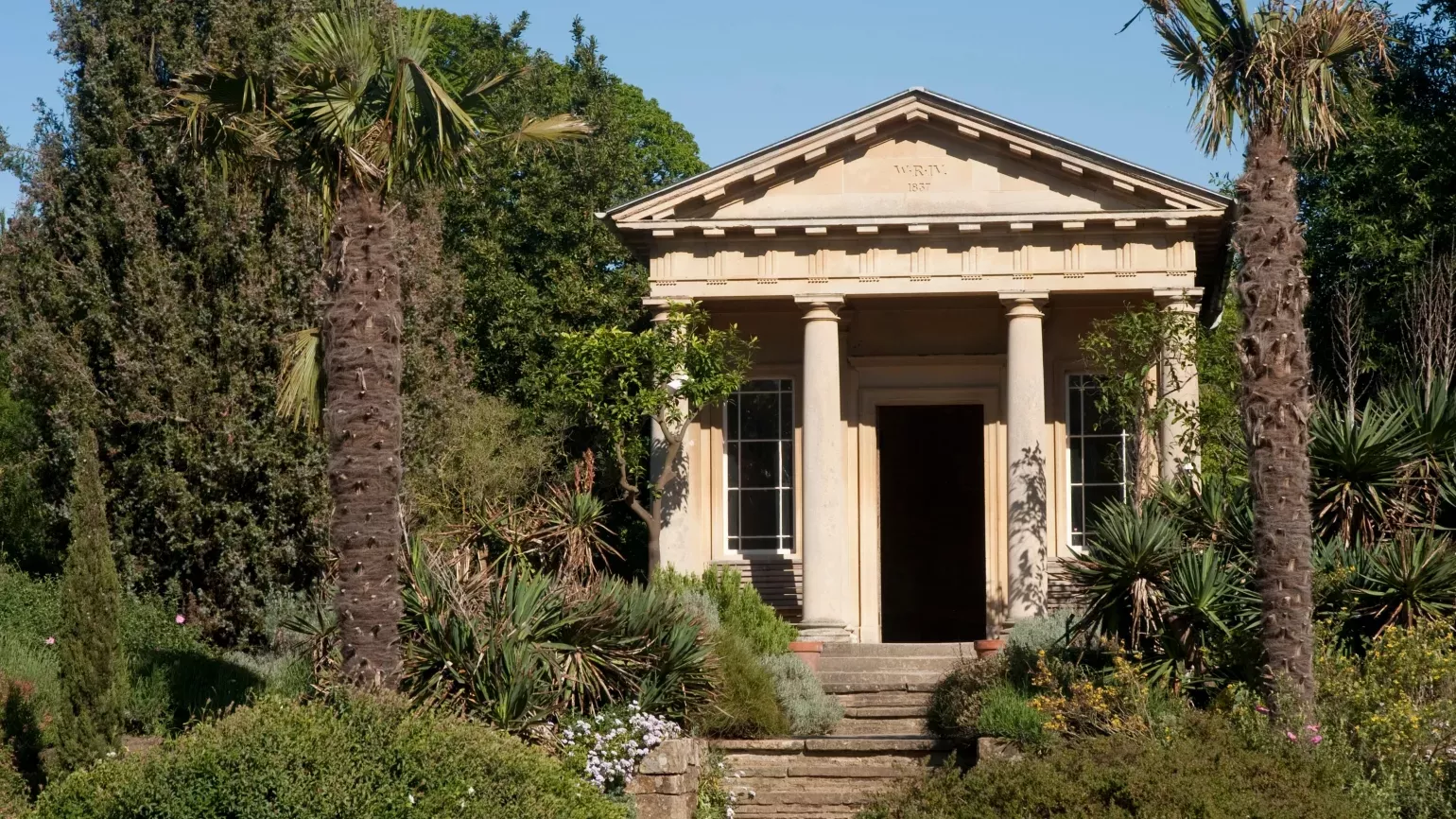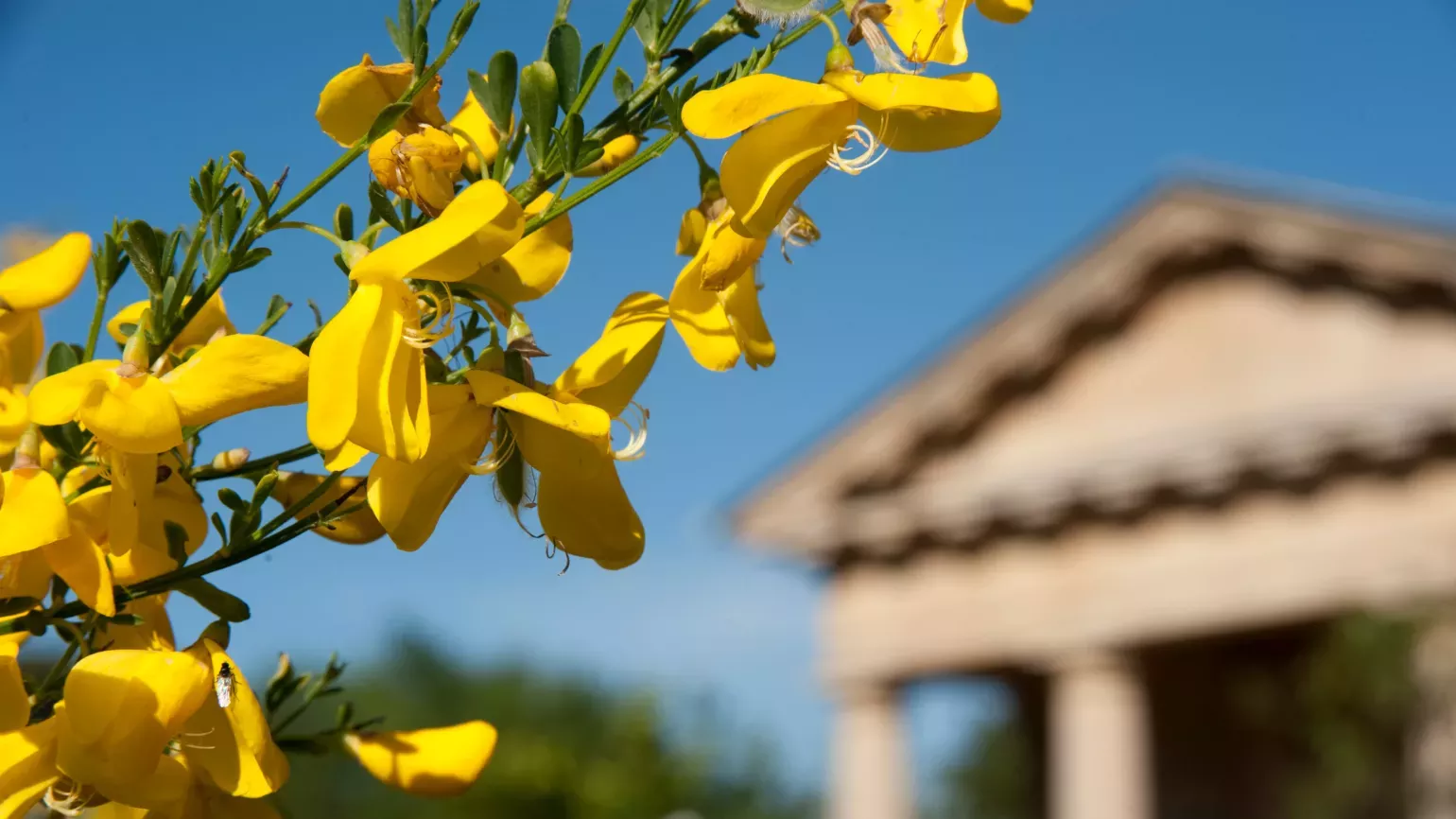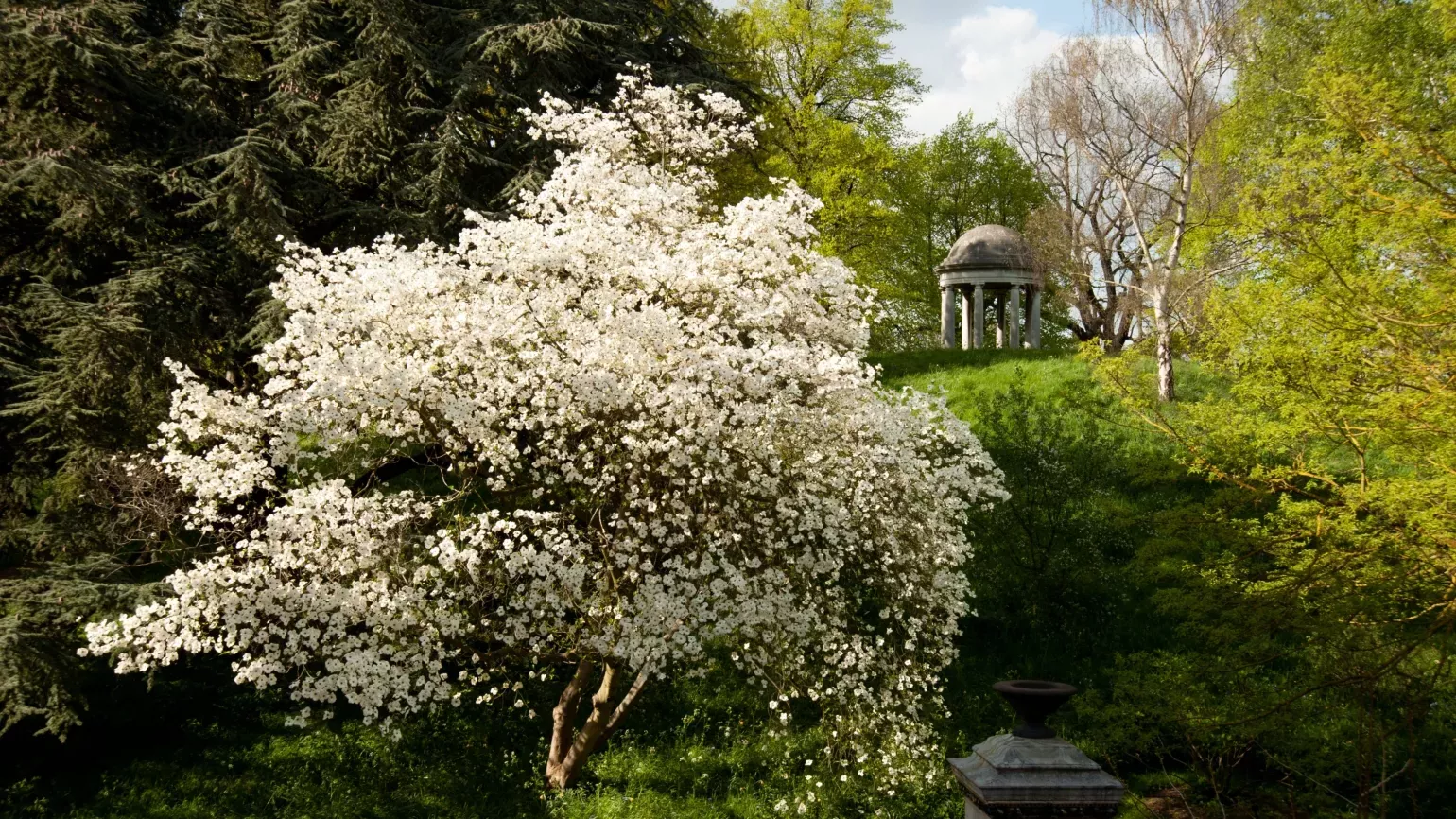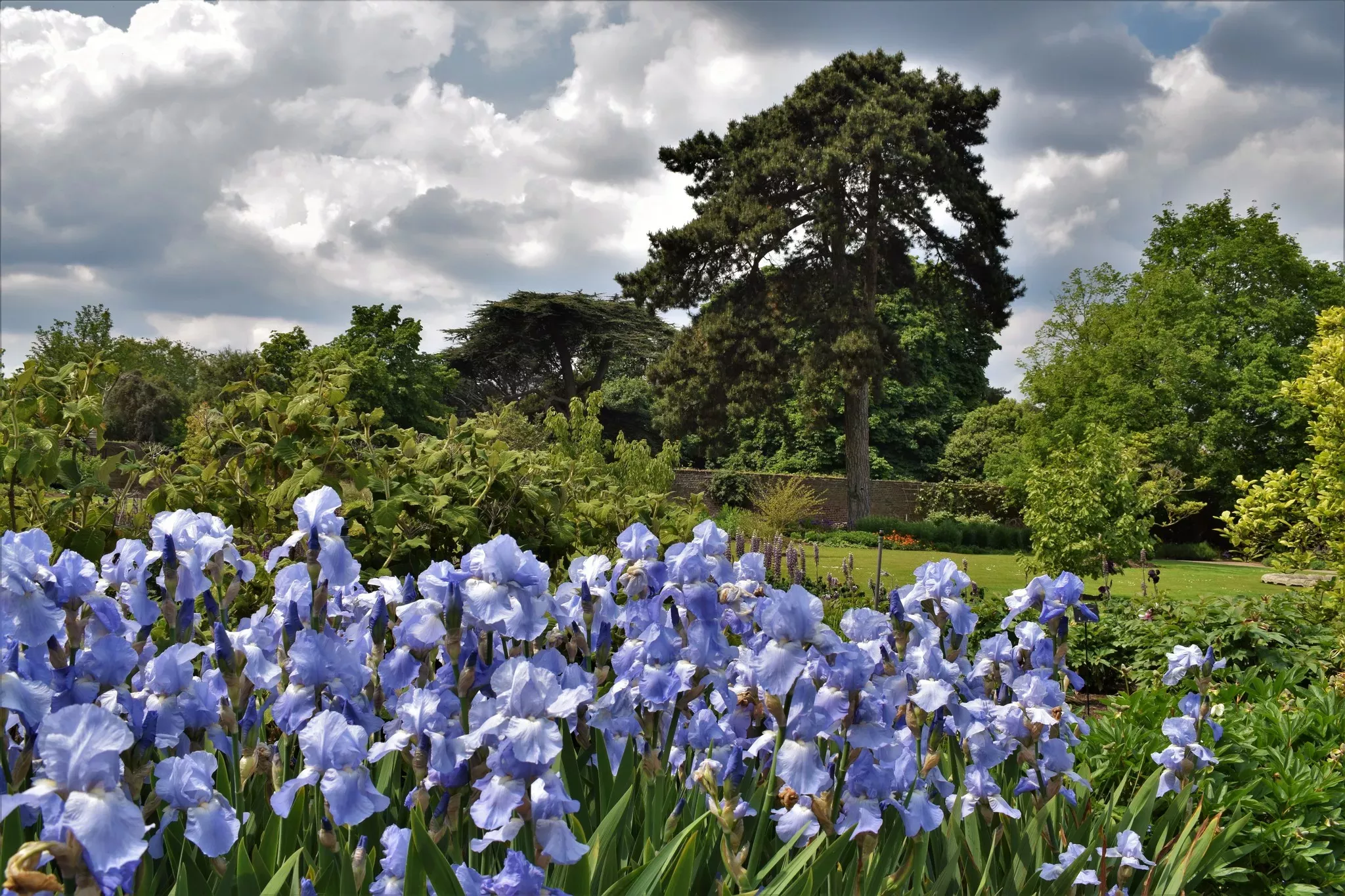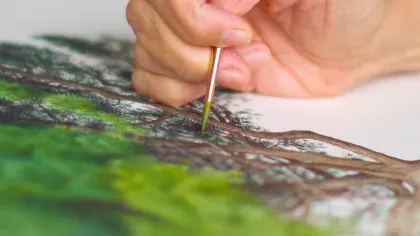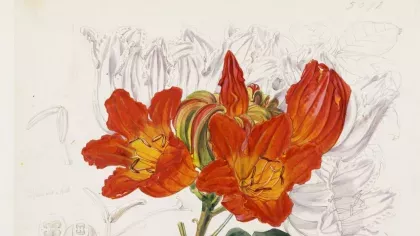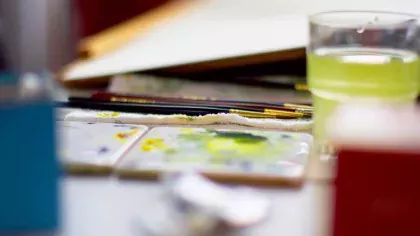1 July 2020
Best spots to draw at Kew
Visit these stunning areas in our Gardens to unleash your artistic creativity.

Kew Gardens is the perfect place to bring out your artistic side.
Whether painting beautiful blooms or sketching scenic vistas, there are so many great arty inspirations and opportunities across our Gardens.
Whatever your artistic methods and materials, from watercolour to pastels to pencils, here are our top places to bring nature to life on canvas.
Floral feasts
You’ll find spectacular blooms flourishing all over our Gardens.
Big and bold, dainty and pretty, colourful and eye-catching, these flowers are great subjects for your art.
Pick a place to sit in the middle of our Rose Garden and you’ll be surrounded by a rainbow of colour and delicious scents as you draw.
Bring the elegance of a rose petal to life or capture the iconic Palm House contrasting with its natural rose-filled setting.
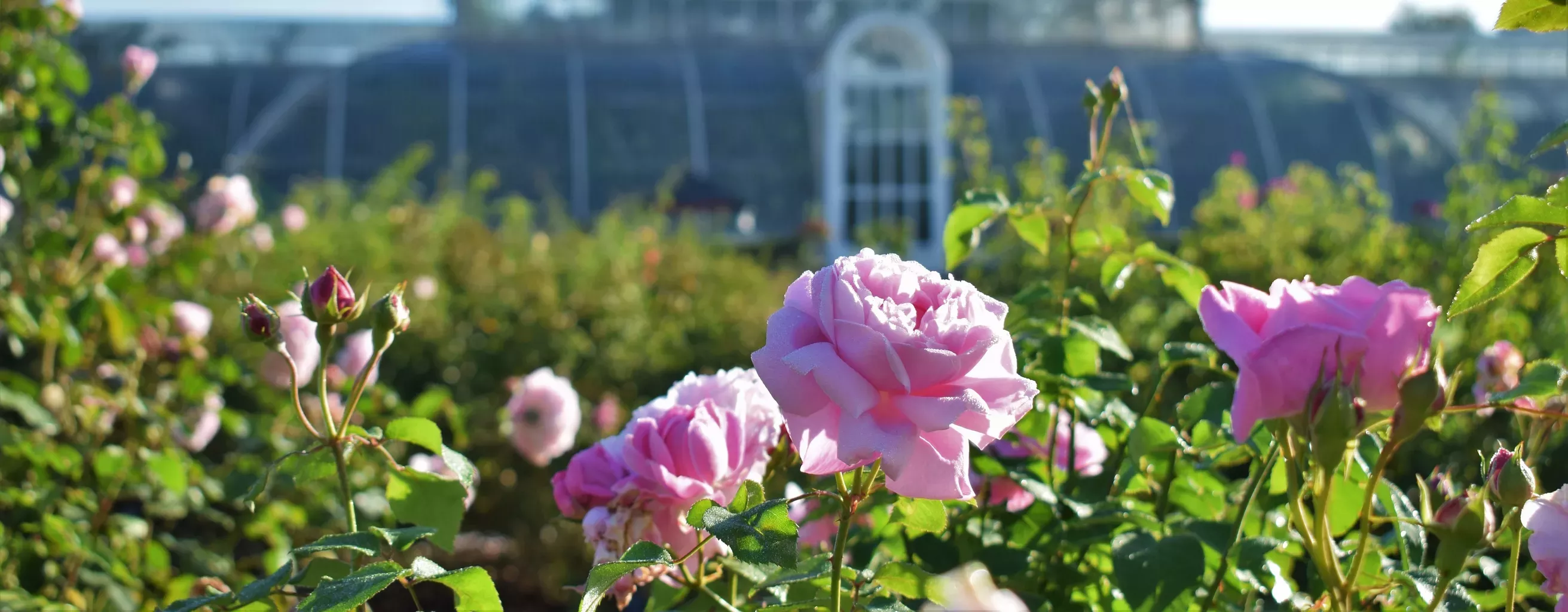
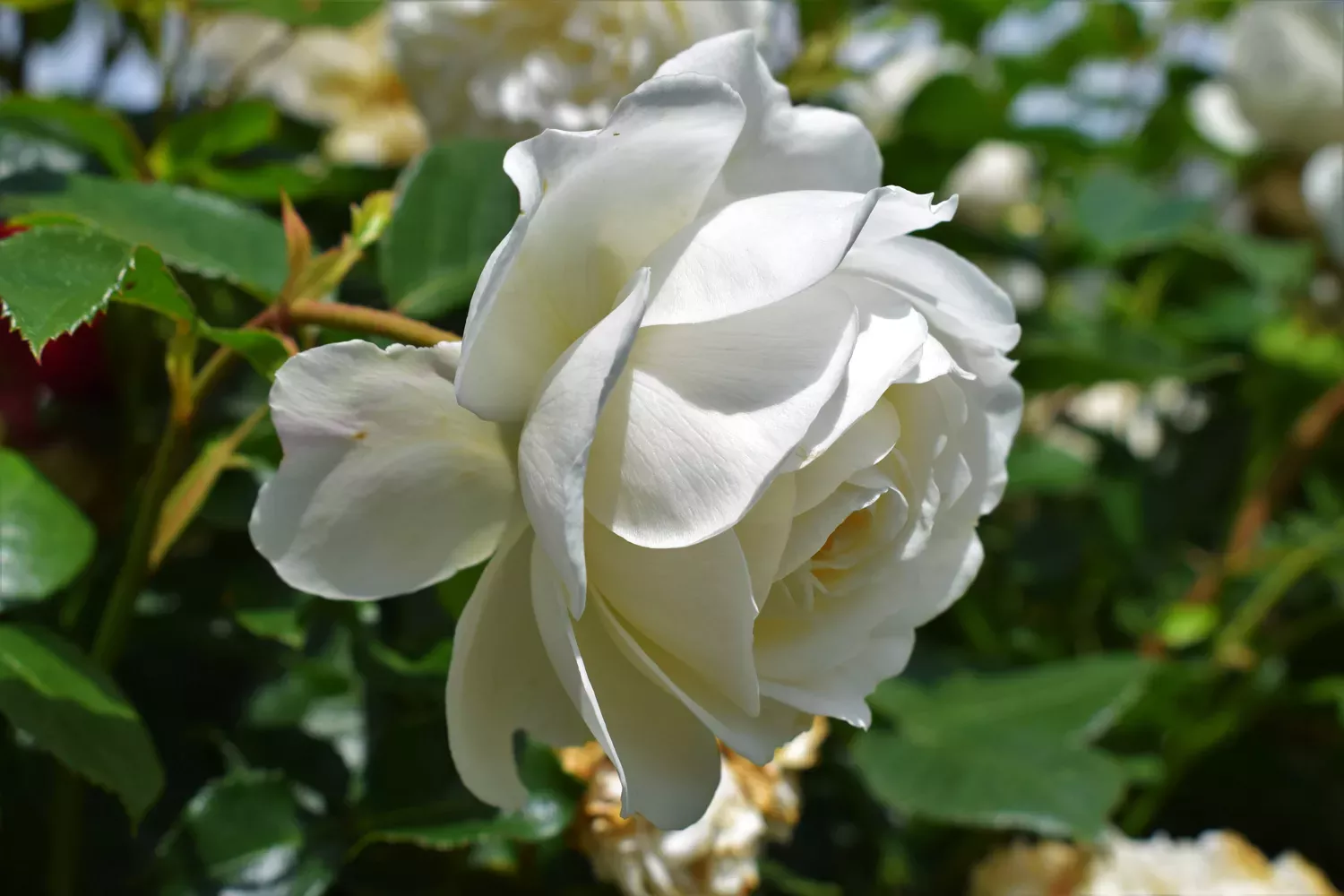
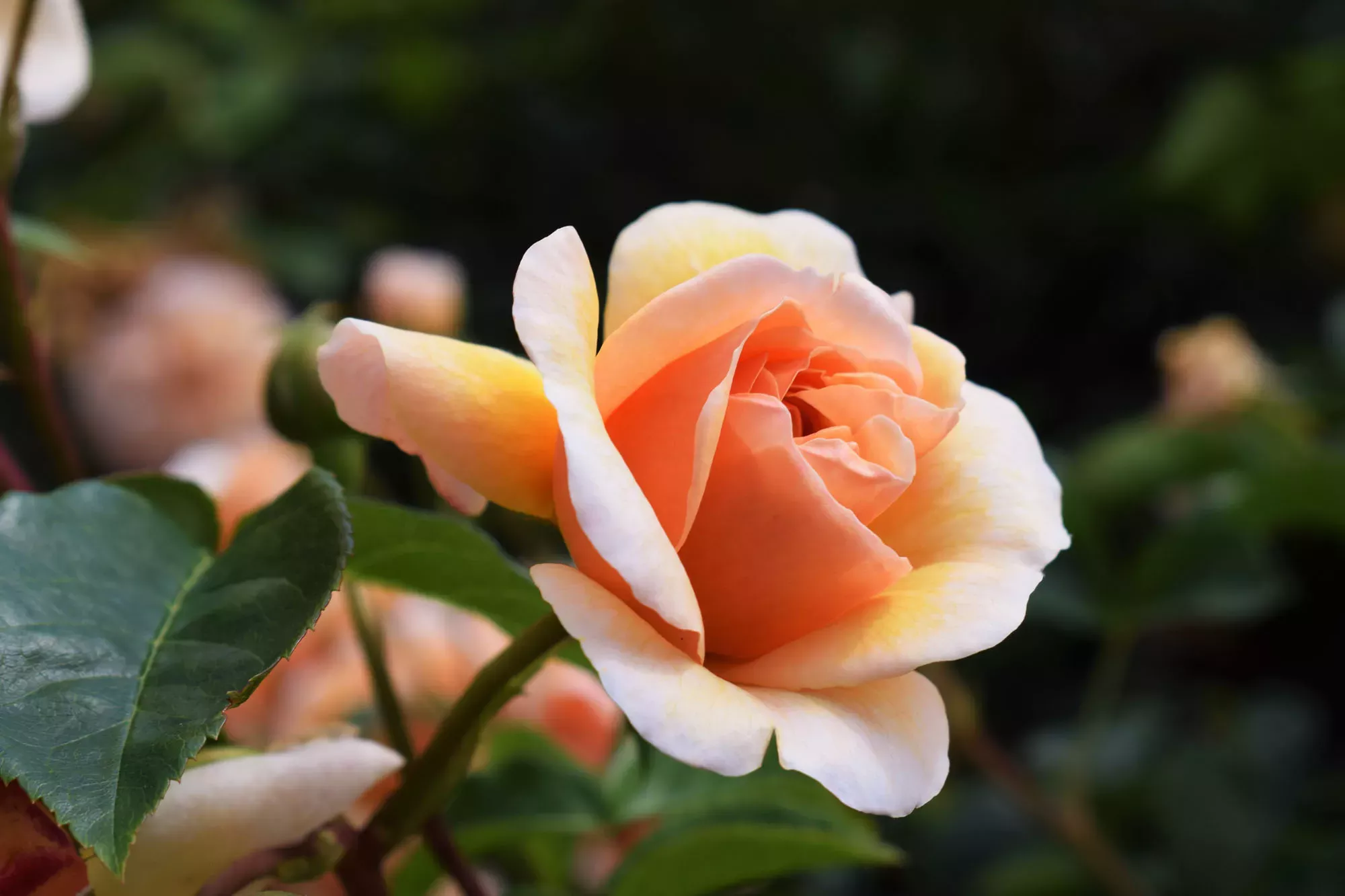
Our Great Broad Walk Borders are bursting with vibrancy in summer, with each plant chosen for its beauty, colour or form. Look out for swathes of lavender, alliums and salvias. You’ll be spoilt for choice.
Capture the beauty of flowers in the Agius Evolution Garden. In this relaxing space, our stunning horticultural displays are not just visually appealing, they also tell the fascinating story of plant evolution.
Our Queen's Garden and Duke's Garden are lovely locales for artwork. These elegant formal gardens are tucked away and can be easily missed, but make sure to stop by to see the variety of blooms planted in a traditional style.
Read our top tips on some of the best plants to paint for beginners.
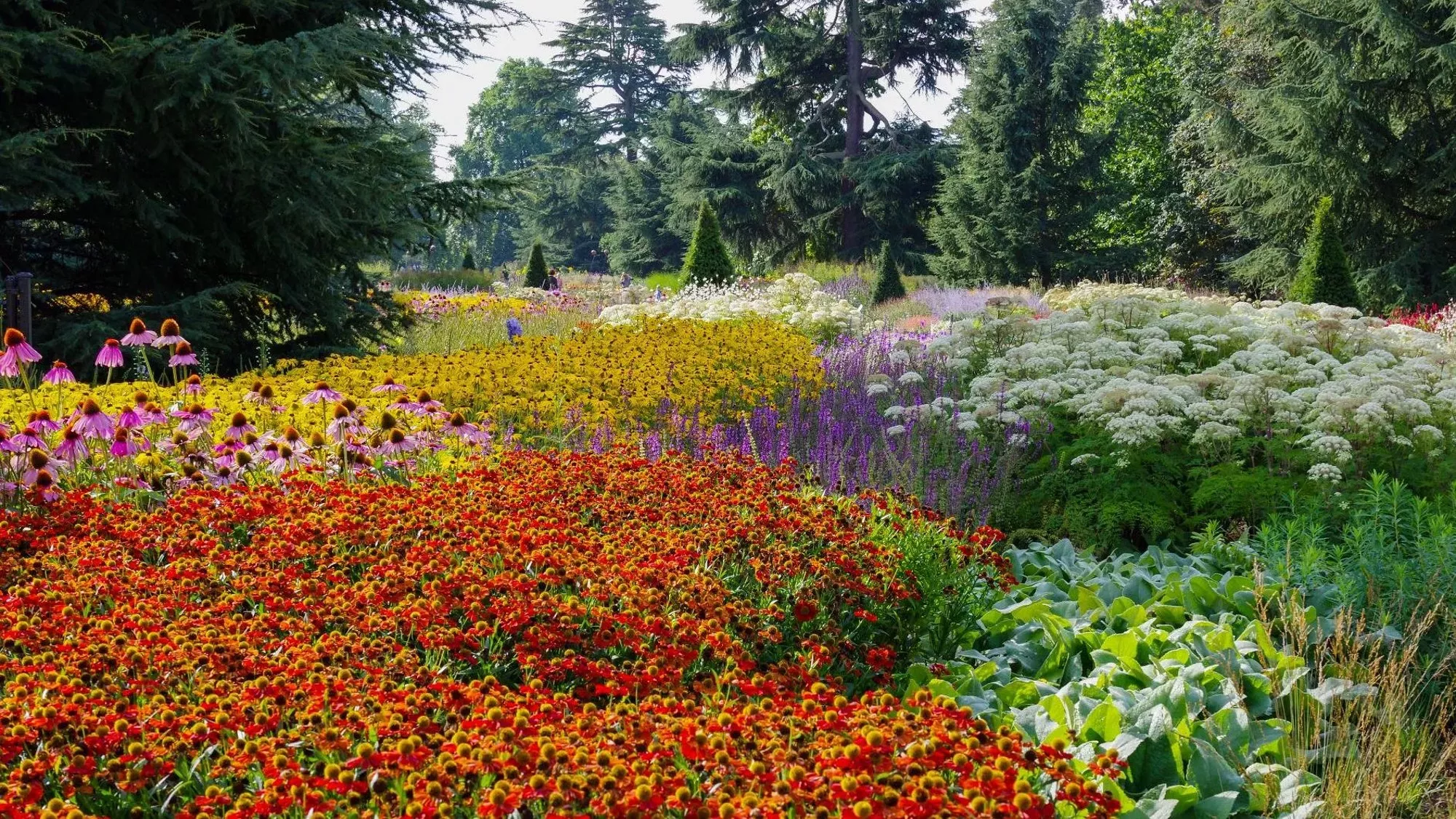
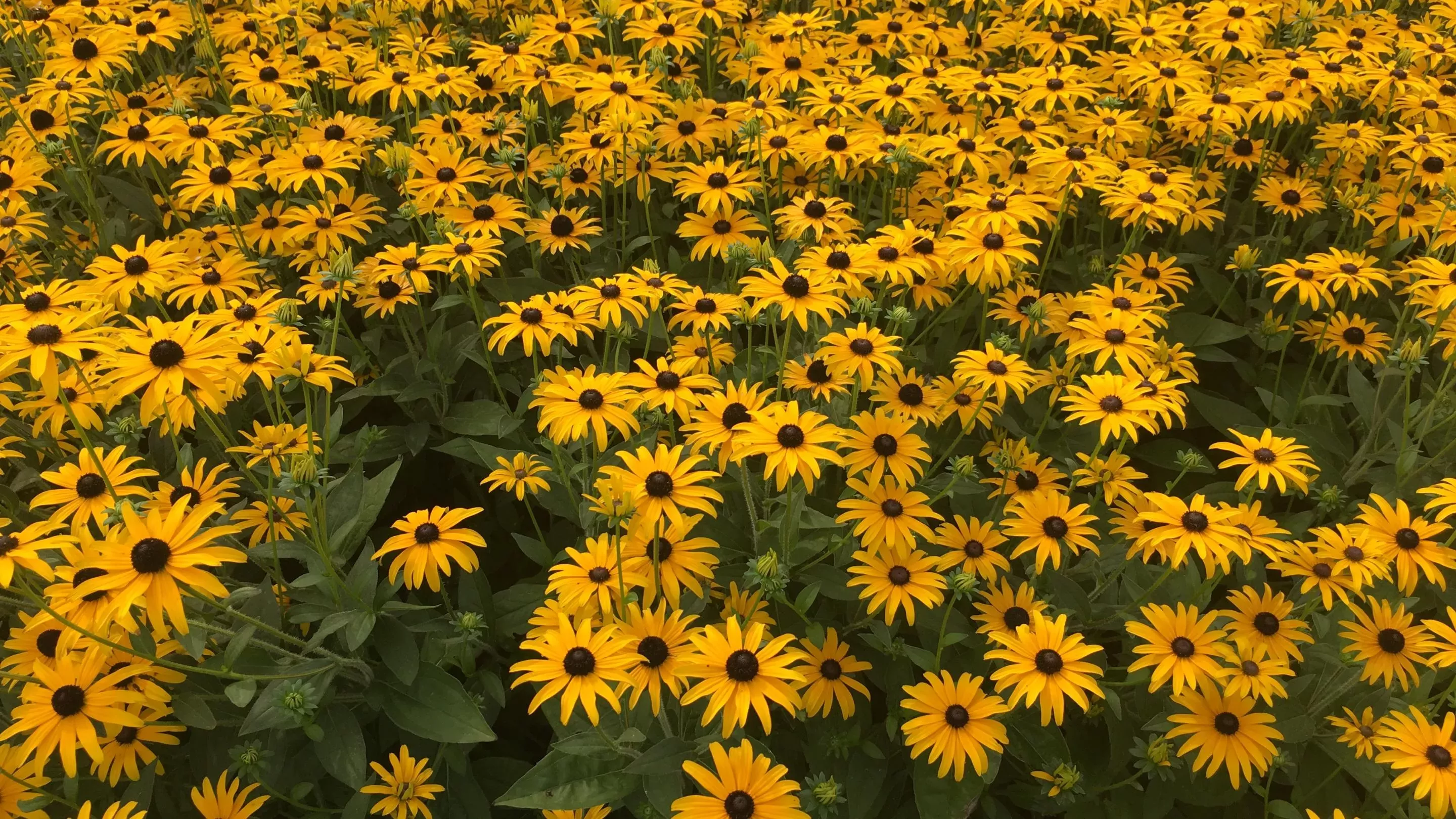
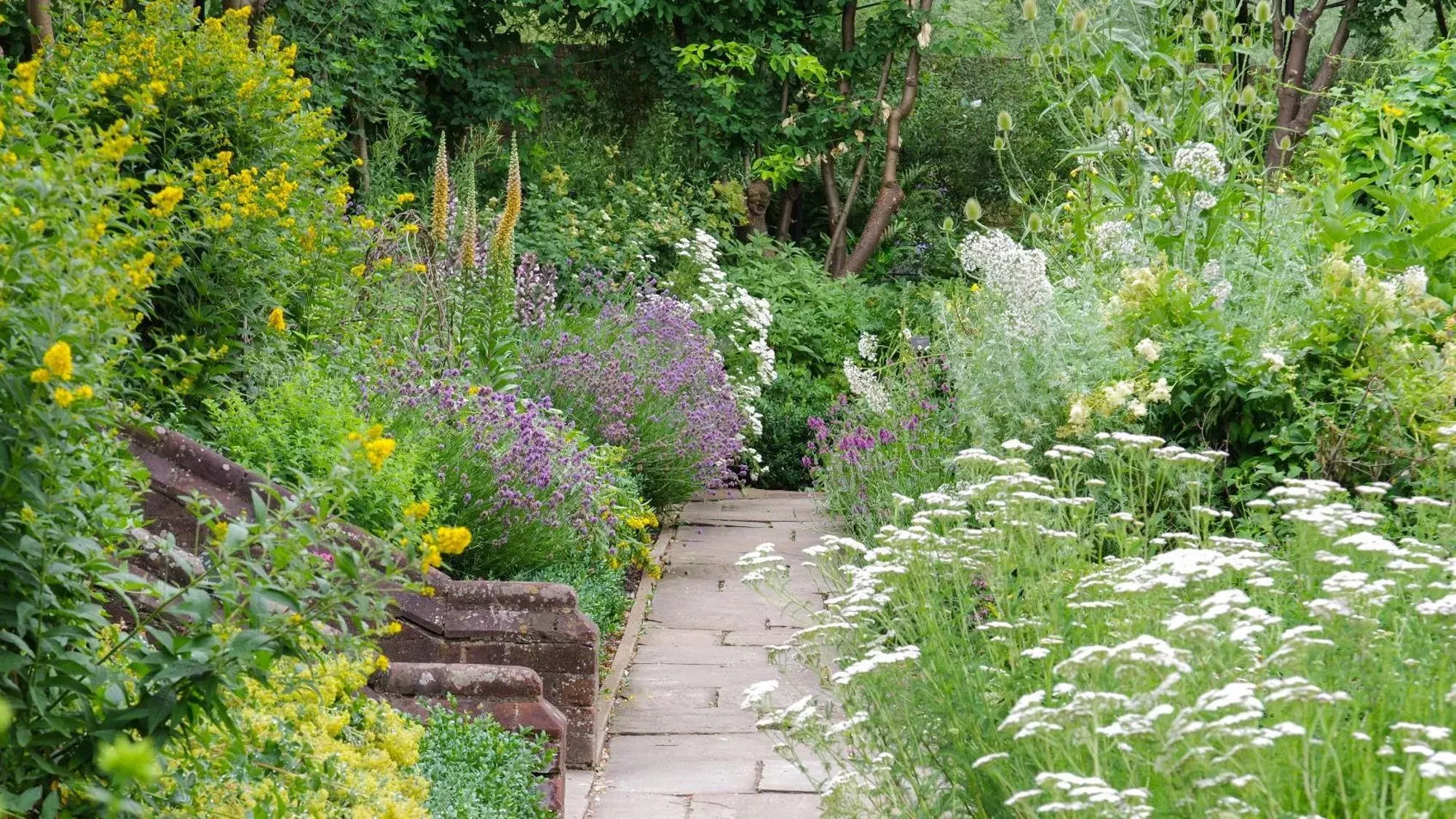
Vistas and views
Discovering a gorgeous view at Kew is not a difficult task.
Our wonderful vistas are great for sweeping landscape paintings or sketches.
Created by landscape designer William Andrews Nesfield in the mid-19th century, our three vistas, Syon, Cedar and Pagoda, join to form a triangle of avenues and offer fantastic panoramas.
Check out the Kew Gardens map to help pick the best drawing spot.
Another beautiful location for landscape art is the Lake with its four picturesque islands. Trees line the edge of the water, creating stunning reflections to depict.
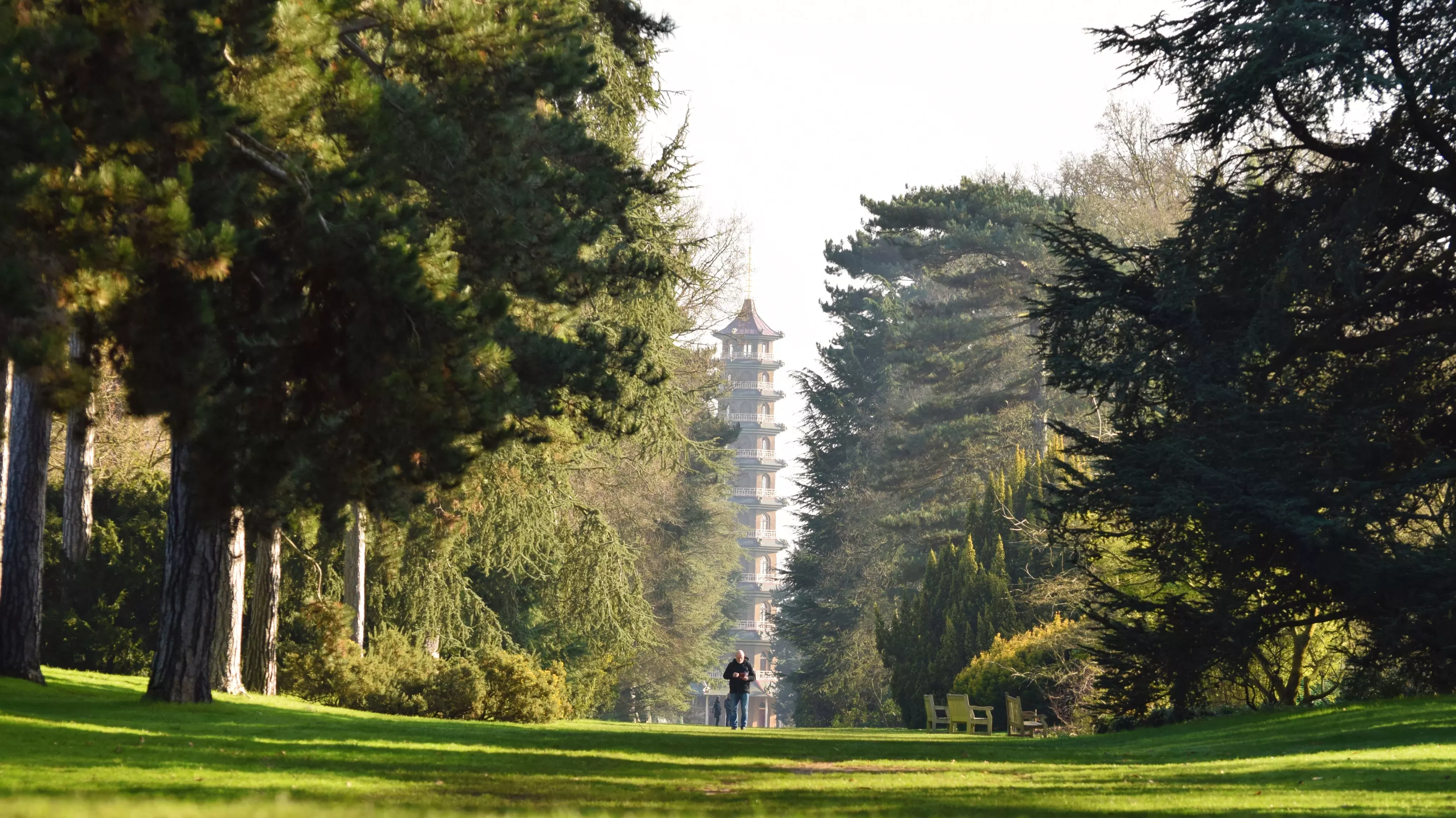
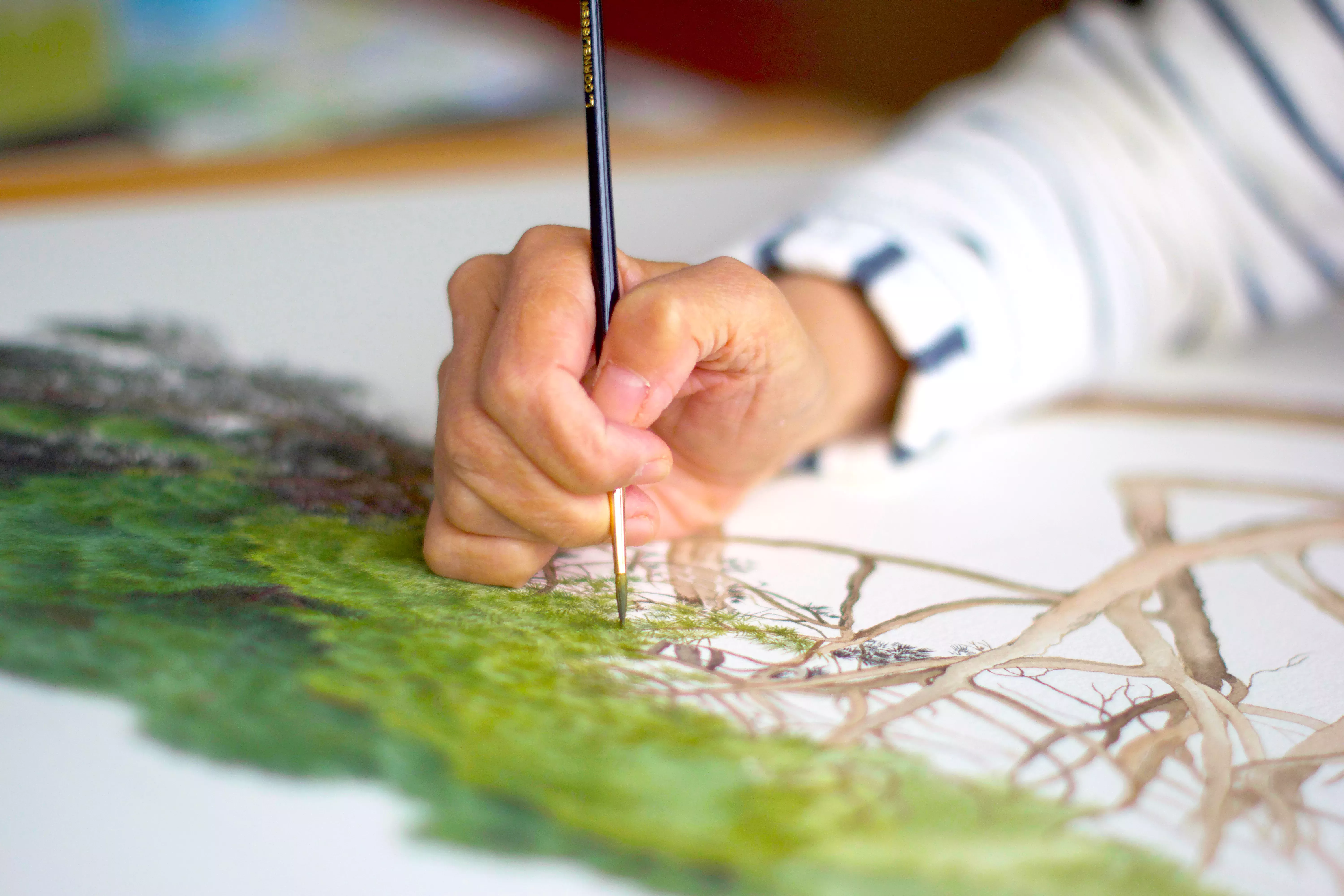
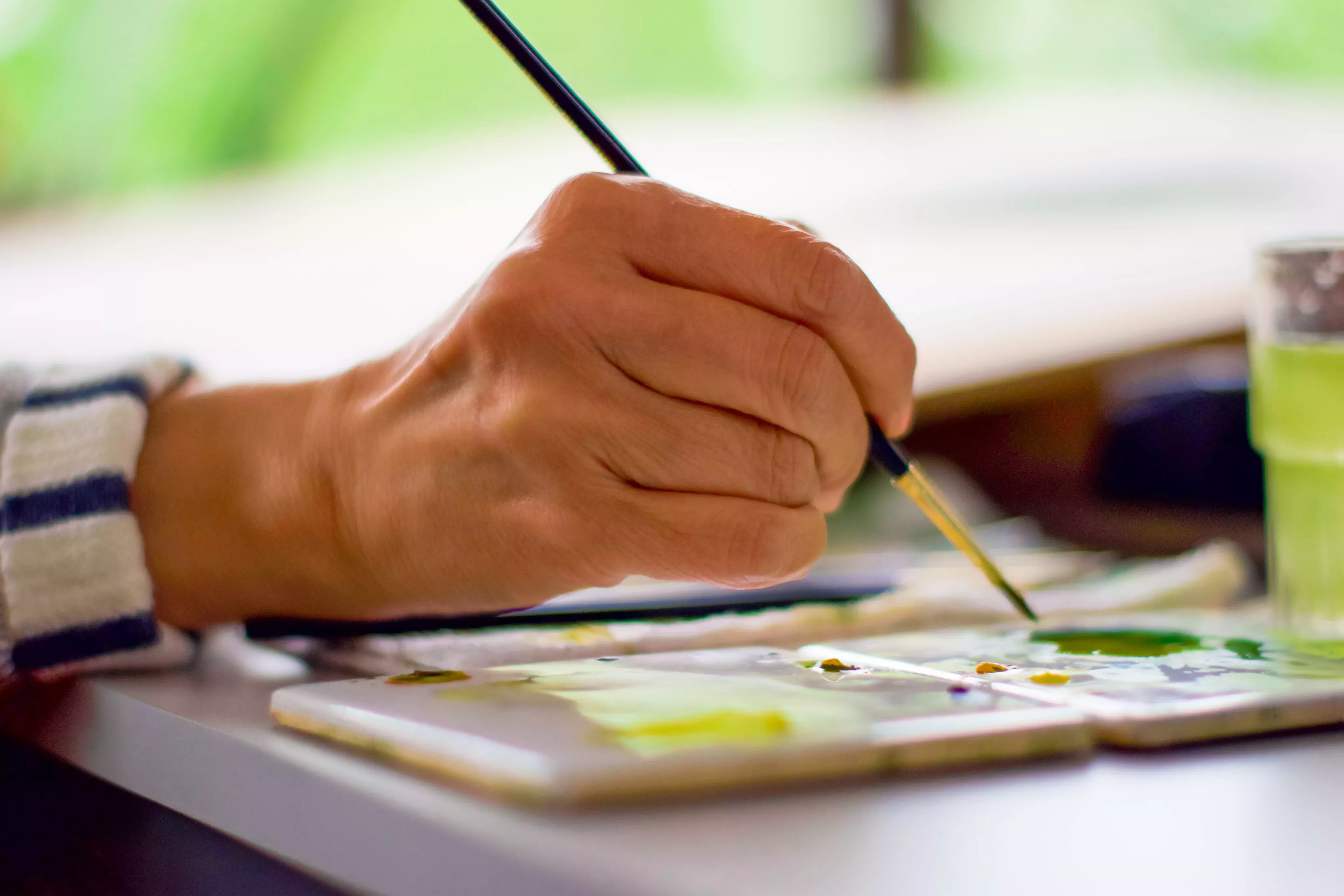
Terrific trees
An impressive standalone tree makes a fantastic subject for art.
For plants with character and history, why not depict our ancient Japanese pagoda tree (Styphnolobium japonicum) near The Hive?
Or the sprawling Lucombe oak (Quercus x hispanica 'Lucombeana') on Syon Vista, or our gnarled black locust tree (Robinia pseudoacacia), planted in 1762 and located opposite the Orangery.
If size is what counts for your artistic endeavours, then head to Redwood Grove for our tallest tree, a coastal redwood (Sequoia sempervirens) reaching 40 metres tall.
Seek out our biggest tree by volume, the magnificent chestnut-leaved oak (Quercus castaneifolia), growing behind our Waterlily House.
Take tree art inspiration from the amazing ancient oak drawings of artist Mark Frith.
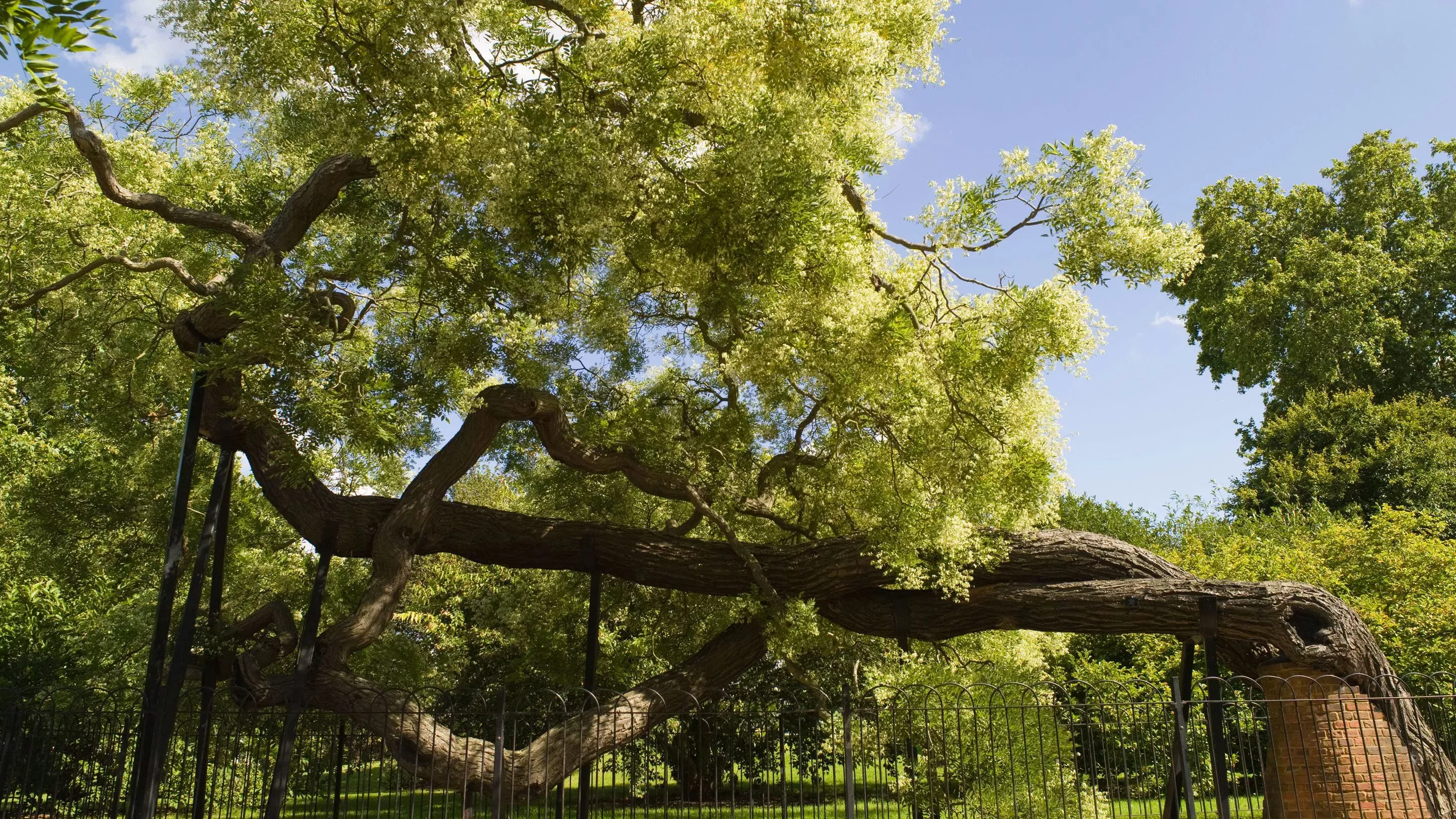
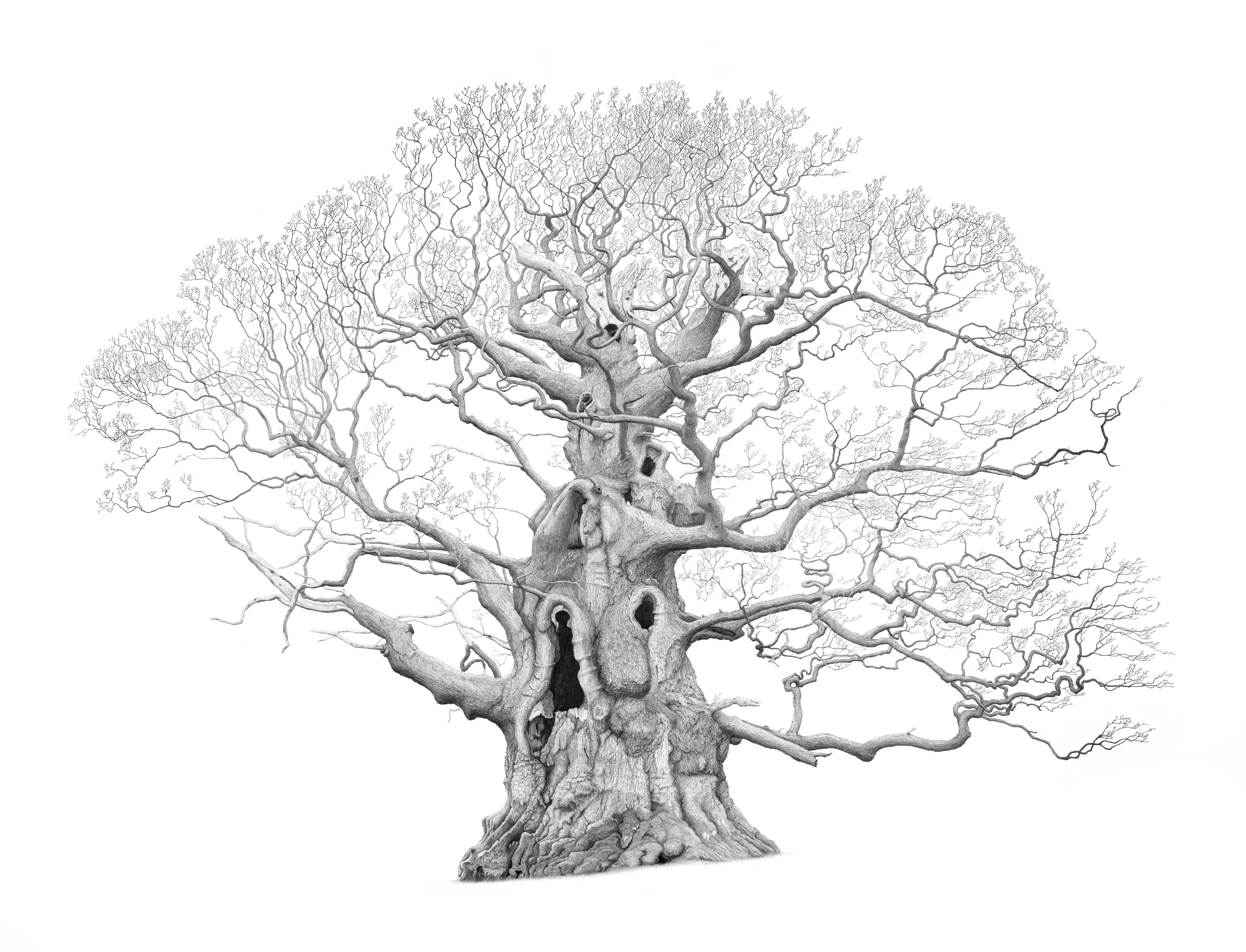
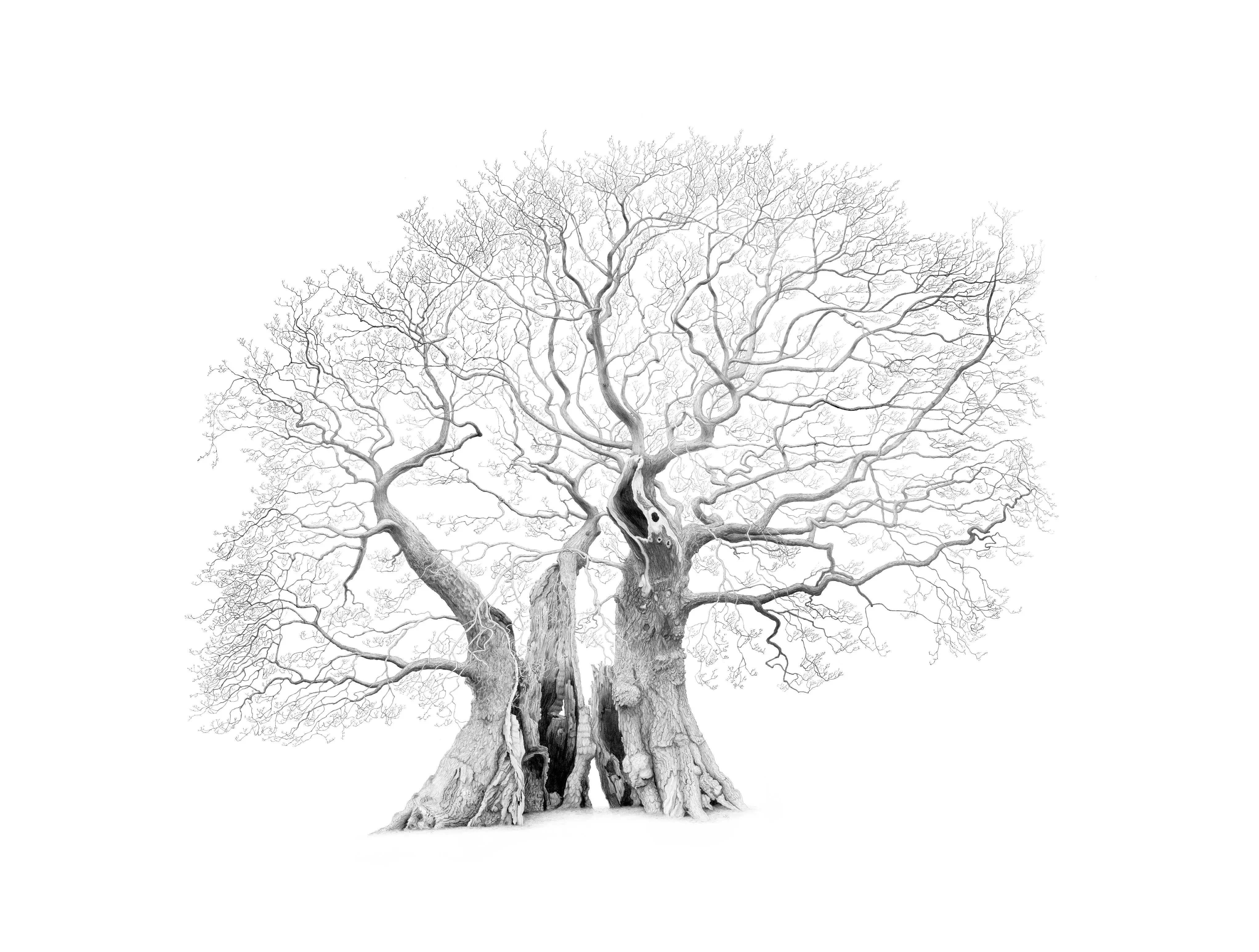
Unusual characters
Looking for something a little different to draw or paint? We have many interesting, striking and bizarre plants on display that ooze unique character.
Spiky cacti, strange carnivorous plants, giant waterlilies (Victoria amazonica) with huge circular leaves, and the smelly titan arum (Amorphophallus titanum) are some of the unique specimens in the Princess of Wales Conservatory.
Focus on close-up details like leaves, bark, feathery grass or plant hairs to really show off their distinct appeal.
If you want to draw or paint in the style of detailed botanical illustration, where art meets science, read our guide on how to be a botanical artist.
Did you know? Kew has never gone a day without a botanical artist in our ranks illustrating the discoveries found by botanists.
Watch the video below to get a sneak peek of more of the weird and wonderful plants at Kew.
Follies and houses
We’ve got plenty of striking man-made structures to complement the plants in your artwork.
There’s the majestic Temperate House and Palm House, and architecturally interesting Princess of Wales Conservatory and Davies Alpine House.
Dotted about the Gardens are also elegant follies, such as the old Ruined Arch, King William's Temple in the Mediterranean Garden built in 1837 for Queen Victoria, and the Temple of Aeolus overlooking the Woodland Garden.
Perch near our Japanese Gateway and raked gravel gardens, which make for a stunning picture.
On your next visit to Kew, we hope you'll be inspired by our unique collections to express the beauty of the plant world through your art.
